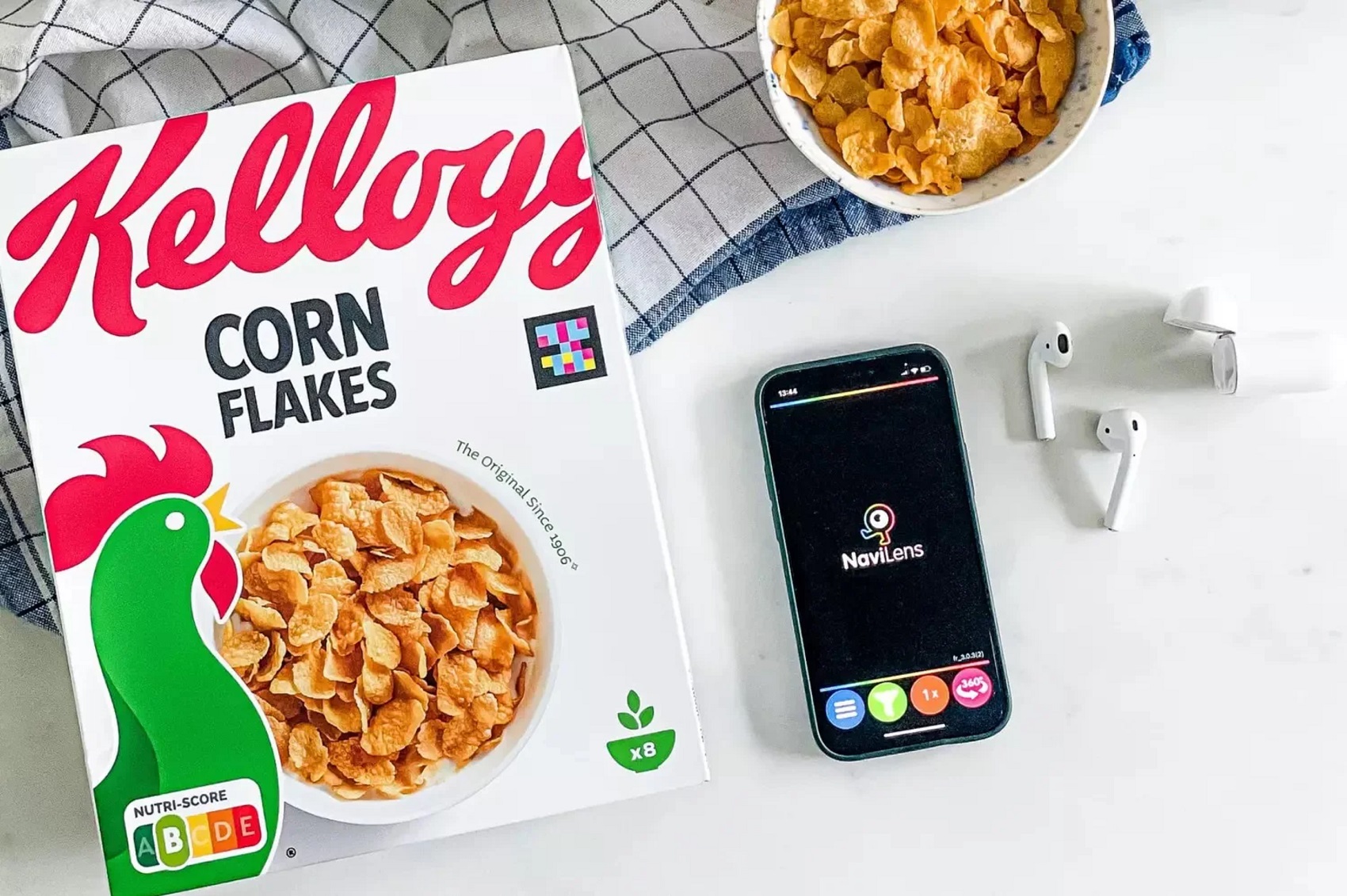In so many ways, the escalating pace of technology is rapidly changing our lives. Now it’s also helping Kellogg fulfil our purpose of “creating a place at the table for everyone”.
Over 30 million people across Europe live with sight loss and are unable to simply read the information on food product labels. A shocking number, and the World Health Organisation estimates that these numbers will increase as we age.
From 2023, exciting new technology called NaviLens smart codes will start to appear on our Pringles cans to make the packaging accessible to blind and partially sighted people. About nine years ago, Kellogg hired me to establish our European packaging and point-of-sale team. I started working as a copywriter in the video gaming industry before moving into packaging and brand design. This project touched on all the skills I’ve developed over my career, which is why I am especially proud of our team for making it a priority.
Proudly made in our Belgian factory in Mechelen, the Pringles brand has a strong history of supporting equity, diversity, and inclusion. Since 2020, the brand has raised over € 900 thousand for men’s mental health charity Movember, and donated more than 300 tonnes of Pringles to food banks and charities across Europe.
Unlike regular QR codes, which you may find on your café menu, NaviLens codes includes high-contrasting coloured squares on a black background. The advantage is that people who use it do not need to know exactly where the code is located to scan it as their smartphone can pick up the on-pack code from up to three metres distance. The app then helps them pick out the food they want from shelf and can play back important information about the product such as allergen details.
This idea came about when we did some work with St. Vincent’s School for children with sensory impairments, who expressed frustration that our packaging was not accessible to them. We reached out to the Royal National Institute of Blind People (RNIB), and learnt that technology is fast replacing braille.
At the time, RNIB was putting NaviLens in their offices and we quickly understood the opportunity it offered Kellogg to make our packaging more accessible to all. A pilot project testing out the smart codes on breakfast cereals showed that 97 per cent of the participants agreed that they would like to see more of these accessibility features available on grocery packaging in the future.
Today, the NaviLens smart codes have already been included on over 400 million boxes or bags of our cereals across Europe making us the first large brand to make packaging more inclusive and accessible for visually impaired people. Other packaged goods companies and retailers are now asking about our experience with NaviLens, and we encourage other companies to help us make its use more widespread.
By Pete Matthews, Director of Brand Design and Operations, Kellogg Europe

